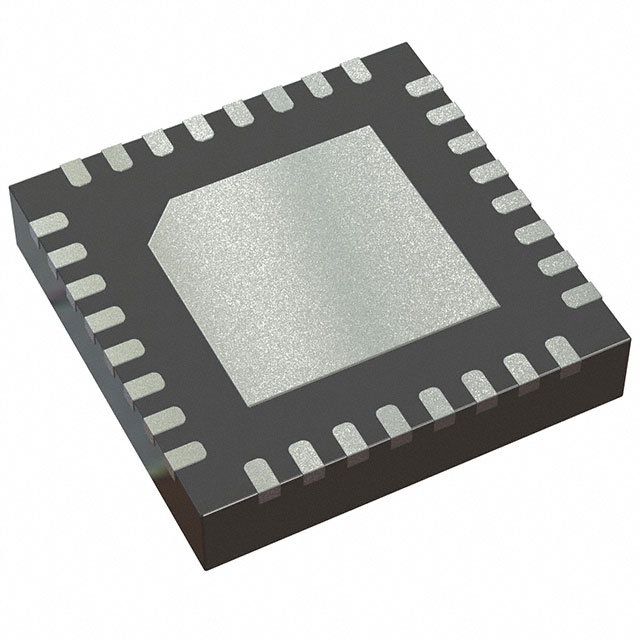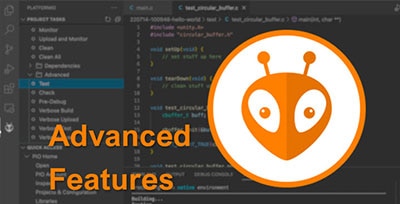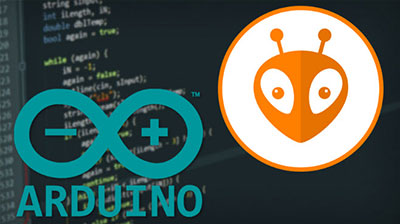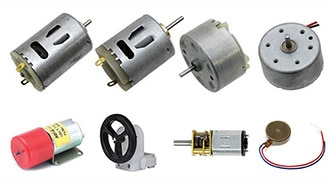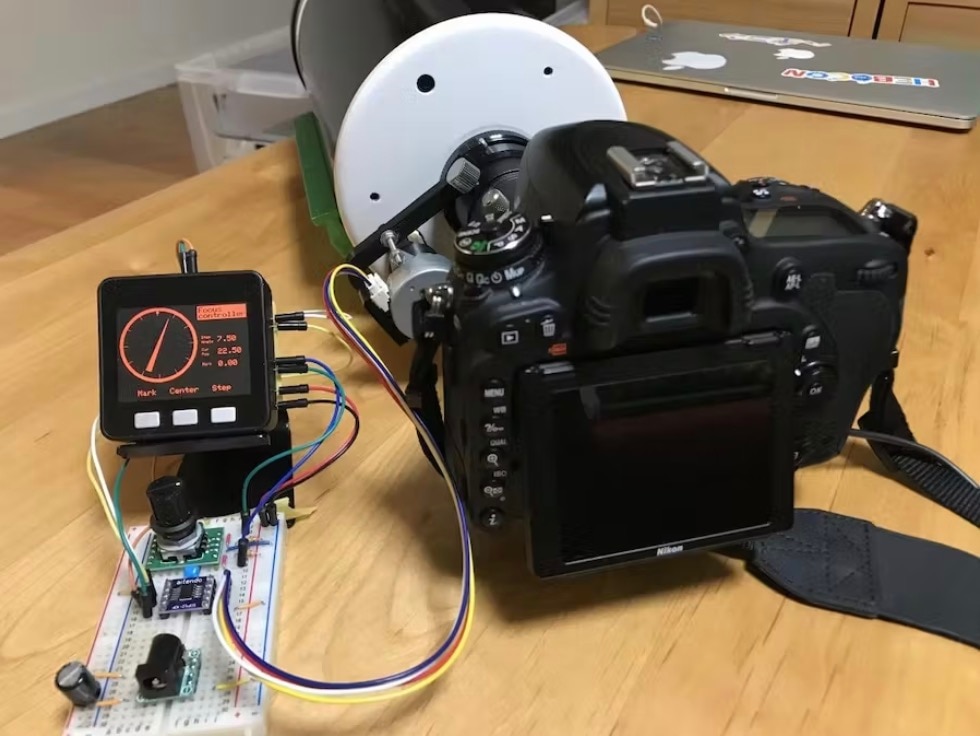Wireless Stepper Motor Controller with ESP32 and TMC2240
2025-09-22 | By Rinme Tom
License: General Public License Motors Stepper Wifi Wireless Arduino ESP32
Objective
This project aims to develop a wireless stepper motor controller utilizing the ESP32 microcontroller and the TMC2240 stepper driver. The system is designed to provide precise motor control with real-time feedback, all accessible through a simple web interface. It's ideal for applications in robotics, automation, CNC machines, and industrial prototyping.
Key Features
Web-Based Control: Operate the stepper motor remotely via a browser interface, eliminating the need for specialized software.
High Precision: Achieve up to 1/256 microstepping resolution, ensuring fine motor control.
Real-Time Monitoring: Track motor parameters such as position, temperature, and current draw through the web dashboard.
Smart Power Management: Automatically negotiates optimal power levels from USB-C Power Delivery sources, ranging from 5V to 20V.
Visual Indicators: RGB LEDs provide immediate feedback on system status and motor activity.
Components Used
ESP32-S3-WROOM-1: A Wi-Fi and Bluetooth 5.0-enabled microcontroller.
TMC2240ATJ+T: A high-precision stepper motor driver supporting up to 2A current.
AS5600-ASOM: A contactless magnetic rotary position sensor with 12-bit resolution.
FUSB302BMPX: USB Type-C controller with Power Delivery support.
ADPL44002AUJZ: Low-dropout (LDO) linear regulator for voltage regulation.
The Wireless Stepper Motor Controller with ESP32 project employs a custom PCB design that integrates all components efficiently. The schematic includes:
ESP32-S3: Interfaces with the TMC2240 via SPI for motor control signals
TMC2240: Drives the stepper motor and communicates with the ESP32 for control
AS5600 Encoder: Provides real-time position feedback to the ESP32
USB-C PD Controller: Handles power input and distribution
LDO Regulator: Supplies regulated 3.3V to the ESP32 and other peripherals.
Programming the ESP32:
Utilize the Arduino IDE or PlatformIO to write the firmware for the ESP32. The firmware should handle Wi-Fi connectivity, SPI communication with the TMC2240, and data exchange with the AS5600 encoder.
Web Interface Implementation:
Develop a simple web interface hosted on the ESP32. This interface should allow users to control the stepper motor's movement, set parameters like speed and direction, and monitor real-time position feedback.
Microstepping Configuration:
Implement microstepping control in the firmware to enable smooth and precise motor movements.
Applications
Robotics Automation: Precise control of robotic arms and movements.
CNC Machines: Accurate positioning for milling and engraving tasks.
Home Automation: Integration into smart home systems for motorized devices.
Industrial Prototyping: Development of motorized prototypes for various applications.







